
Антонов Ан-225 «Мрия», когда-то базировавшийся в аэропорту Хостомель, удерживал звание крупнейшего в мире грузового самолета до его уничтожения в 2022 году.
Воздушные грузы, в которых доминируют такие самолеты, как Boeing 747-8F и Lockheed C-5 Galaxy, обрабатывают 35% мировой торговой стоимости, часто работая через ключевые центры, такие как аэропорт Лейпцига / Халле (LEJ) и Ted Stevens Anchorage International (ANC).
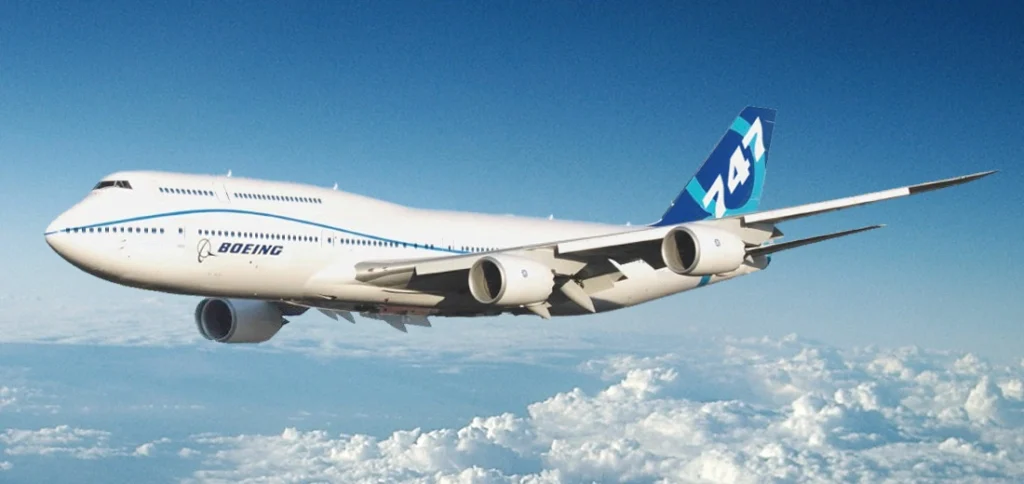 Источник: Wikimedia Commons
Источник: Wikimedia CommonsТоп-10 самых больших грузовых самолетов
Глобальная индустрия грузовых авиаперевозок зависит от парка транспортных самолетов большой грузоподъемности, предназначенных для перемещения негабаритных и тяжелых грузов по континентам.
Эти самолеты необходимы для доставки критически важных поставок, поддержки военных операций и обеспечения аэрокосмического производства.
От холода Гиганты эпохи войны, такие как Ан-124 «Кондор» для современных грузовых самолетов, таких как Boeing 747-8F, каждая модель представляет собой веху в авиационном машиностроении.
Ниже приведен список 10 крупнейших грузовых самолетов в мире:
| 1. | Антонов Ан-225 Мрия | 84 | 250 000+ | Советский Союз (Антонов) | Коммерческий/военный | Разрушенный (2022) |
| 2. | Антонов Ан-124 Руслан | 69.1.1 | 150 тысяч | Советский Союз (Антонов) | Военные/коммерческие | На службе |
| 3. | Boeing 747-8 Freighter | 76,3 | 132 600 | США (Боинг) | Коммерческий | На службе |
| 4. | Lockheed C-5 Galaxy | 75 | 127 459 | США (Локхид Мартин) | Военный | На службе |
| 5. | Airbus LugaXL | 63.1.1 | 50 500 | ЕС (аэробус) | Коммерческий | На службе |
| 6. | Airbus A300-600ST Beluga | 56.15 | 47 000 | ЕС (аэробус) | Коммерческий | Ограниченный сервис |
| 7. | Антонов Ан-22 Антей | 57,92 | 80 000 | Советский Союз (Антонов) | Военный | Оперативный (ограниченный) |
| 8. | Boeing 747 Dreamlifter | 76,3 | 113 400 | США (Боинг) | Коммерческий | На службе |
| 9. | Boeing C-17 Globemaster III | 53 | 77,519 | США (Боинг) | Военный | На службе |
| 10. | Airbus A400M Атлас | 45.1.1 | 37 000 | ЕС (аэробус) | Военный | На службе |
Каждый из этих самолетов предназначен для перевозки тяжелых или негабаритных грузов. Например, Ан-225 может перевозить более 250 тонн, что превосходит обычные грузовые самолеты.
Между тем, BelugaXL и Dreamlifter были предназначены для транспортировки компонентов самолетов между производственными объектами.
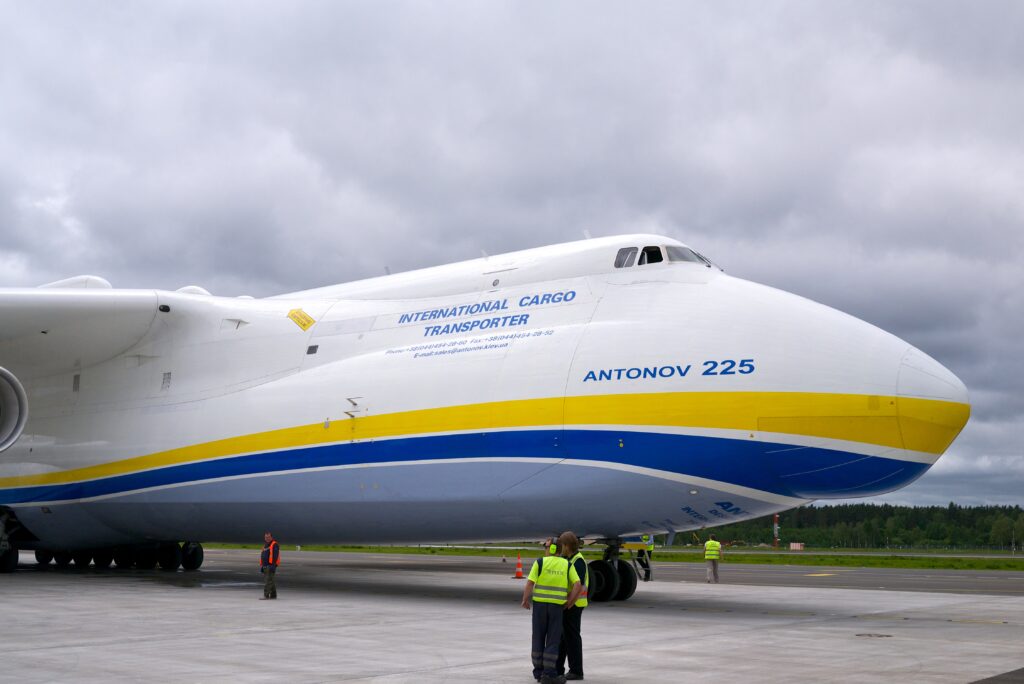 Кредиты для Wikicommons
Кредиты для Wikicommons1 Антонов Ан-225 Мрия
- Длина: 84 м
- Вместимость Max: 250 000+ кг
- Тип: Коммерческий/военный
- Происхождение: Советский Союз (Антонов)
Антонов Ан-225 «Мрия» был самым тяжелым и самым длинным самолетом в мире, спроектированным в 1980-х годах для транспортировки космического челнока «Буран».
С шестью двигателями и непревзойденной грузоподъемностью, это был мировой символ в аэрокосмической технике.
Самолет выполнял как коммерческие, так и гуманитарные функции, поднимая сверхтяжелые и негабаритные грузы. Его огромные размеры и сила заслужили всеобщее восхищение.
К сожалению, Ан-225 был уничтожен в 2022 году во время конфликта на Украине. Несмотря на свои потери, он остается символом инженерного мастерства советской эпохи и мировой истории авиации.
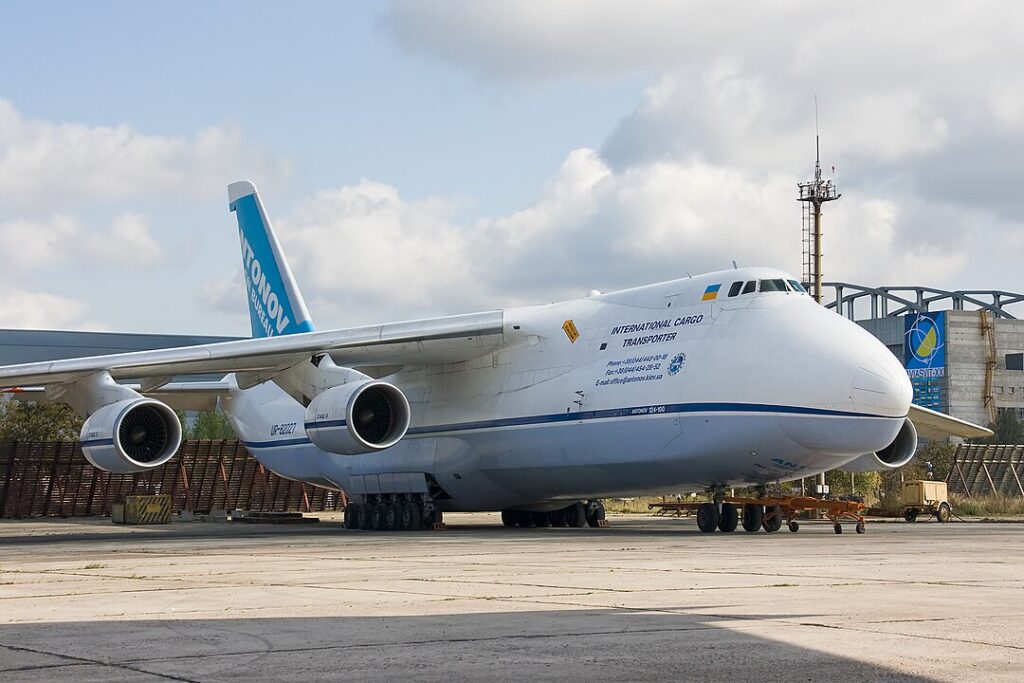 Фото: Дмитрий А. Моттл - Собственная работа, Антонов 124 Руслан, ЦК БЮ-СА 3.0, https://commons.wikimedia.org/w/index.php?curid=4880838
Фото: Дмитрий А. Моттл - Собственная работа, Антонов 124 Руслан, ЦК БЮ-СА 3.0, https://commons.wikimedia.org/w/index.php?curid=48808382 Антонов Ан-124 Руслан
- Длина: 69,1 м
- Вместимость Max: 150 000 кг
- Тип: Военные/коммерческие
- Происхождение: Советский Союз (Антонов)
Антонов Ан-124 Руслан является одним из крупнейших в мире грузовых самолетов, который до сих пор эксплуатируется как в военных, так и в коммерческих целях.
Разработанный во время холодной войны, он был построен для перевозки огромного оборудования, транспортных средств и даже других самолетов.
Благодаря своему прочному дизайну и исключительному ассортименту, он пользуется популярностью в глобальной логистике, особенно в отдаленных и пострадавших от стихийных бедствий районах.
Он имеет нос, который открывается вверх для легкой загрузки груза. Несмотря на то, что Ан-225 омрачен, Ан-124 остается незаменимым для полетов на тяжелых подъемниках и является основой многих международных грузовых флотов.
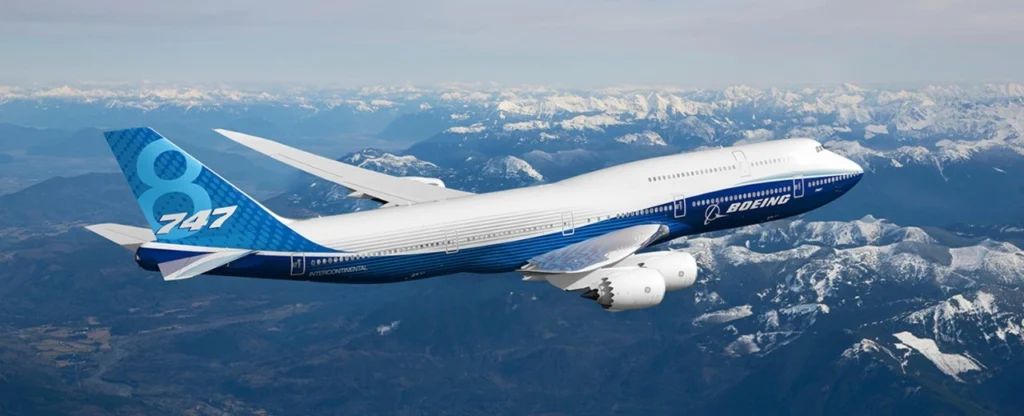 Фото Boeing
Фото Boeing3 Boeing 747-8 Freighter
- Длина: 76,3 м
- Вместимость Max: 132 600 кг
- Тип: Коммерческий
- Происхождение: США (Боинг)
Boeing 747-8 Freighter является последним и крупнейшим грузовым вариантом культовой серии 747. Он предлагает непревзойденный диапазон и пропускную способность для коммерческих грузов, эффективно перевозящих товары по континентам.
Его передовые двигатели и конструкция обеспечивают лучшую топливную экономичность по сравнению с более ранними моделями. С носовой загрузочной дверью и боковым доступом к грузу он обеспечивает гибкие варианты загрузки.
747-8F играет жизненно важную роль в глобальной логистике для таких компаний, как UPS и Lufthansa Cargo.
Сочетая инженерное превосходство Boeing с десятилетиями надежного обслуживания, это краеугольный камень современного воздушного грузового транспорта.
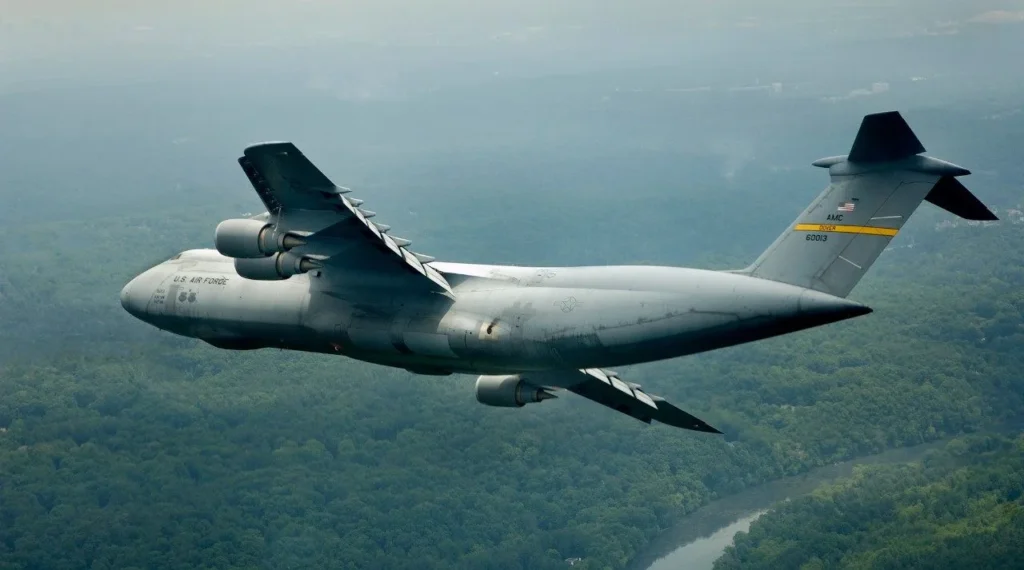 Фото: Lockheed Martin
Фото: Lockheed Martin4. Lockheed C-5 Galaxy
- Длина: 75 м
- Вместимость Max: 127 459 кг
- Тип: Военный
- Происхождение: США (Локхид Мартин)
Lockheed C-5 Galaxy является одним из крупнейших военно-транспортных самолетов в мире, эксплуатируемых ВВС США.
Введенный в 1970-х годах, он может перевозить танки, вертолеты и войска на огромные расстояния. Его уникальная конструкция носовой подтяжки и задняя погрузочная рампа позволяют быстро развертывать груз.
При воздушной дозаправке С-5 может путешествовать межконтинентально без посадки. Модернизированные модели (C-5M Super Galaxy) остаются в эксплуатации, предлагая повышенную надежность и производительность.
Самолет сыграл ключевую роль в гуманитарных миссиях и военных операциях по всему миру, отражая стратегический потенциал США в области воздушных перевозок.
 Источник: Clément Alloing
Источник: Clément Alloing5. Airbus LugaXL
- Длина: 63,1 м
- Вместимость Max: 50 500 кг
- Тип: Коммерческий
- Происхождение: ЕС (аэробус)
Airbus BelugaXL - транспортный самолет следующего поколения, предназначенный для перевозки негабаритных компонентов, таких как крылья самолета, между объектами Airbus.
Вдохновленный формой белухи, он имеет увеличенный грузовой отсек и передовую авионику.
С более длинным и широким фюзеляжем, чем его предшественник, BelugaXL предлагает повышенную полезную нагрузку и эффективность.
Несмотря на то, что компания не является коммерческим грузовым перевозчиком, она играет важную роль в производстве Airbus.
Представленный в 2019 году, он поддерживает растущий промышленный спрос Airbus, обеспечивая своевременную и безопасную транспортировку массивных деталей самолетов.
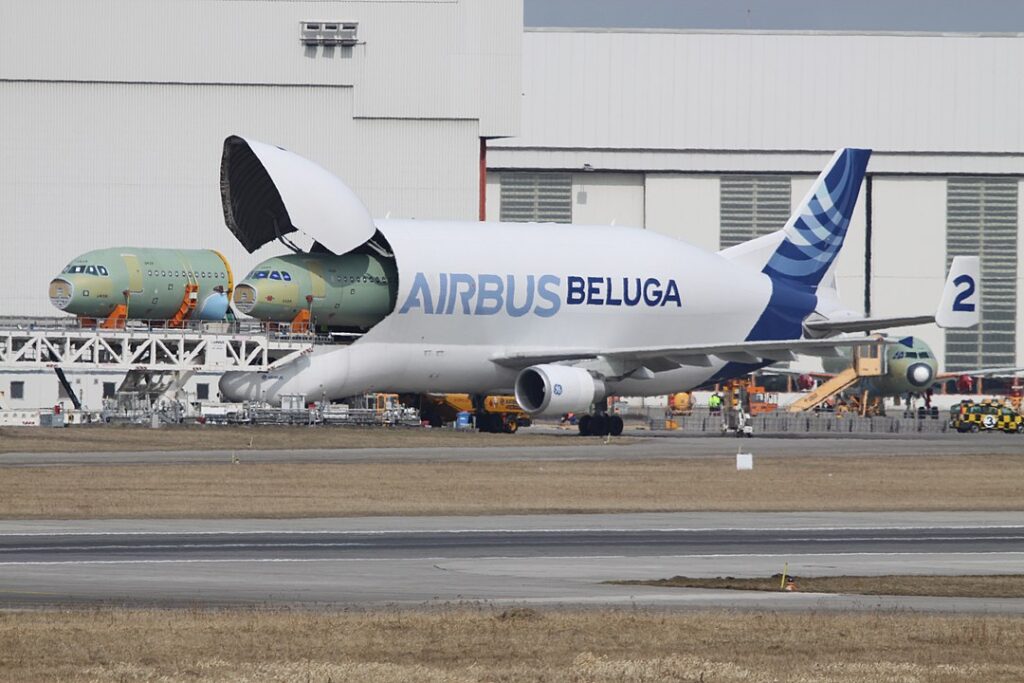 Фото: aeroprints.com, CC BY-SA 3.0, https://commons.wikimedia.org/w/index.php?curid=32535925
Фото: aeroprints.com, CC BY-SA 3.0, https://commons.wikimedia.org/w/index.php?curid=325359256. Airbus A300-600ST Beluga
- Длина: 56,15 м
- Вместимость Max: 47 000 кг
- Тип: Коммерческий
- Происхождение: ЕС (аэробус)
Airbus A300-600ST Beluga, предшественница BelugaXL, была разработана в 1990-х годах для транспортировки крупных компонентов самолетов по объектам Airbus.
Его луковичный верхний фюзеляж и отличительная форма придали ему высокую видимость в мире авиации. Несмотря на то, что некоторые Белуги ушли с основной службы, они по-прежнему выполняют ограниченные транспортные функции.
Несмотря на свой возраст, самолет по-прежнему способен выполнять негабаритные нагрузки и поддерживает миссии, непригодные для обычных грузовых самолетов.
Beluga продемонстрировала инновационную логистическую стратегию Airbus задолго до появления своего современного преемника.
 Фото: Townman
Фото: Townman7 Антонов Ан-22 Антей
- Длина: 57,92 м
- Вместимость Max: 80 000 кг
- Тип: Военный
- Происхождение: Советский Союз (Антонов)
Антонов Ан-22 Антей - самый большой турбовинтовой самолет, когда-либо построенный. Разработанный в 1960-х годах, он служил тяжелым военным авиаперевозчиком для Советского Союза.
Отличительные противовращающиеся винты самолета и прочная рама позволяют ему работать с неподготовленных взлетно-посадочных полос, что делает его идеальным для удаленного развертывания.
Несмотря на то, что некоторые из них в значительной степени прекратили свою деятельность, некоторые остаются в ограниченном количестве, главным образом в гуманитарных или специальных миссиях.
Его наследие сохраняется как новаторский тяжелый самолет, демонстрирующий приверженность Советского Союза к крупномасштабной воздушной мобильности во время холодной войны.
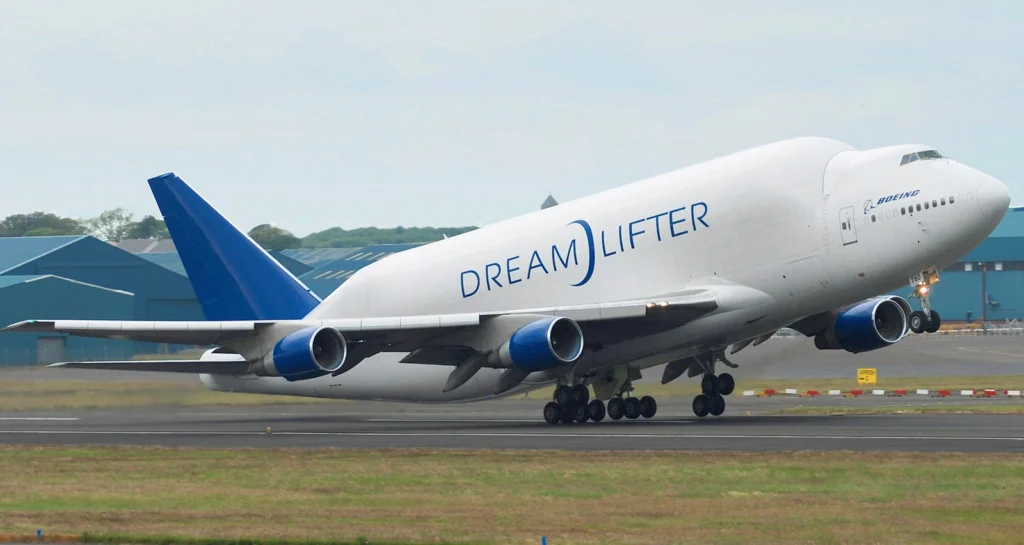 Фото: Wikimedia Commons
Фото: Wikimedia Commons8 Boeing 747 Dreamlifter
- Длина: 76,3 м
- Вместимость Max: 113 400 кг
- Тип: Коммерческий
- Происхождение: США (Боинг)
Boeing 747 Dreamlifter - это модифицированный 747-400, предназначенный для перевозки крупных деталей самолетов Boeing, особенно для программы 787 Dreamliner.
Благодаря одному из крупнейших грузовых трюмов в мире, Dreamlifter облегчает быстрое перемещение негабаритных компонентов, таких как секции фюзеляжа и крылья.
Его дизайн свинг-хвоста позволяет легче загружать громоздкие предметы. Несмотря на то, что он не используется для общественных грузов, он жизненно важен для глобальной цепочки поставок Boeing.
Представленный в 2006 году, Dreamlifter подчеркивает инновации Boeing в решении сложных задач аэрокосмической логистики.
 Фото: Pixabay
Фото: Pixabay9 Боинг C-17 Globemaster III
- Длина: 53 м.
- Вместимость Max: 7 7 519 кг
- Тип: Военный
- Происхождение: США (Боинг)
Boeing C-17 Globemaster III - универсальный военно-транспортный самолет, разработанный для ВВС США. Известная своей способностью работать с коротких немощеных взлетно-посадочных полос, она поддерживает как стратегические, так и тактические миссии.
C-17 используется для перевозки войск, доставки грузов, медицинской эвакуации и гуманитарной помощи. Его передовая авионика и высокая надежность делают его рабочей лошадкой глобальных военных операций.
Благодаря высокому подъемному крылу и эффективным двигателям C-17 продолжает обслуживать не только США, но и союзные войска по всему миру.
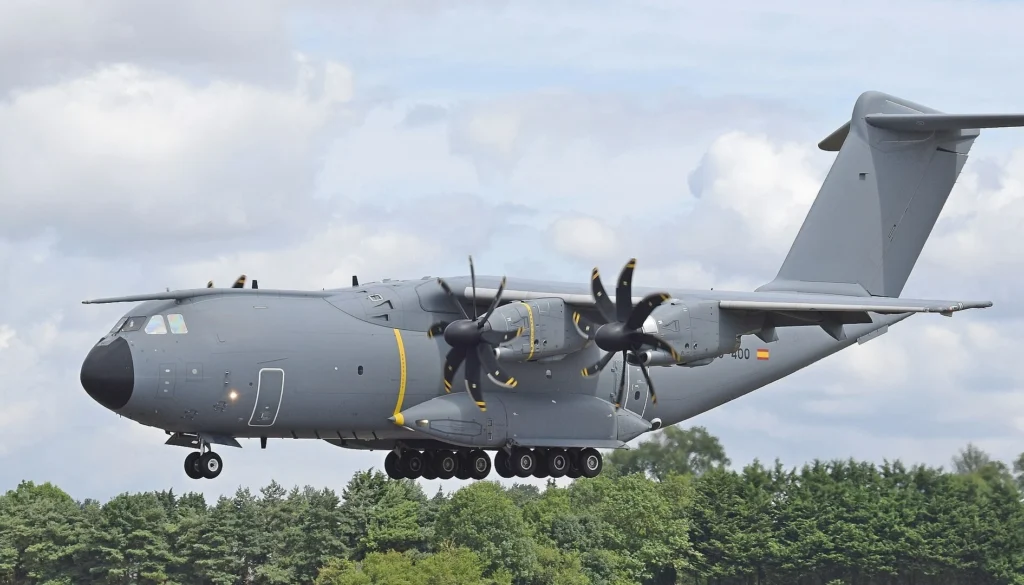 Изображение: By Myself (Adrian Pingstone) Моя собственная фотография, сделанная с помощью объектива Nikon D5300 DSLR и объектива Nikon 18-200 мм, Public Domain, https://commons.wikimedia.org/w/index.php?curid=81263246
Изображение: By Myself (Adrian Pingstone) Моя собственная фотография, сделанная с помощью объектива Nikon D5300 DSLR и объектива Nikon 18-200 мм, Public Domain, https://commons.wikimedia.org/w/index.php?curid=8126324610, Airbus A400M Атлас
- Длина: 45,1 м
- Вместимость Max: 27 000 кг
- Тип: Военный
- Происхождение: ЕС (аэробус)
Airbus A400M Atlas — современный военно-транспортный самолет, разработанный консорциумом европейских стран.
Он устраняет разрыв между тактическими самолетами типа С-130 и стратегическими самолетами типа С-17. A400M предлагает исключительную универсальность, способную нести тяжелые грузы, работать с грубых взлетно-посадочных полос и выполнять воздушную заправку.
Представленный в 2010-х годах, он оснащен передовыми системами и системой управления пролетом. Самолет играет растущую роль в европейской оборонной логистике и гуманитарных миссиях, демонстрируя инженерное превосходство Airbus в оборонном секторе.
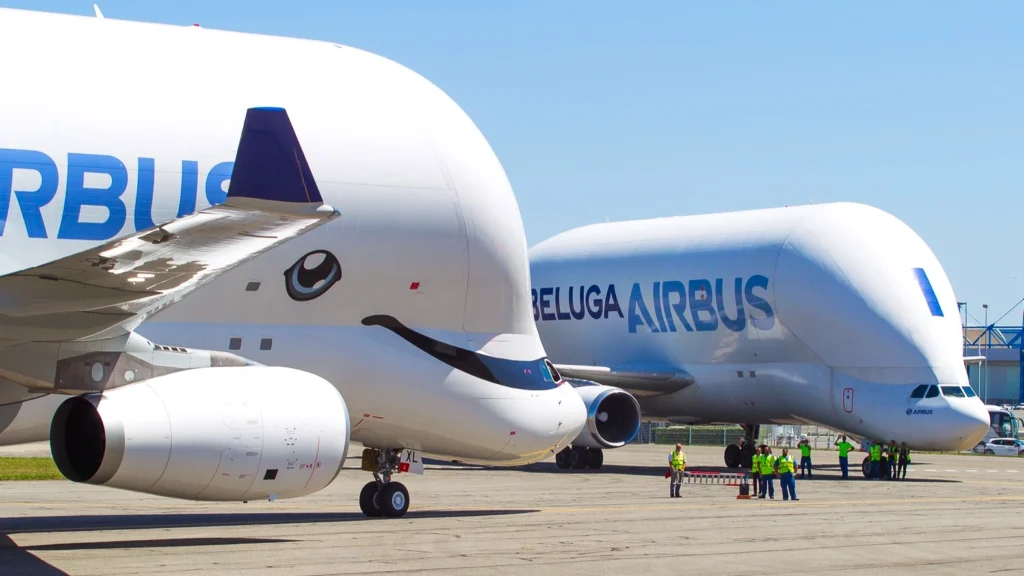 Источник: Clément Alloing
Источник: Clément AlloingГлобальные потребности в грузах
Грузовая промышленность перешла от сыпучих грузов к специализированным и негабаритным грузам. Во время пандемии COVID-19 многие из этих крупных грузовых самолетов сыграли важную роль в перемещении медицинских принадлежностей и аварийного оборудования по всему миру.
Воздушные грузы неуклонно растут с ростом электронной коммерции и своевременного производства. Самолеты, такие как 747-8F и Ан-124, теперь необходимы для устойчивости цепочки поставок, поддерживая отрасли от автомобильной промышленности до аэрокосмической промышленности.
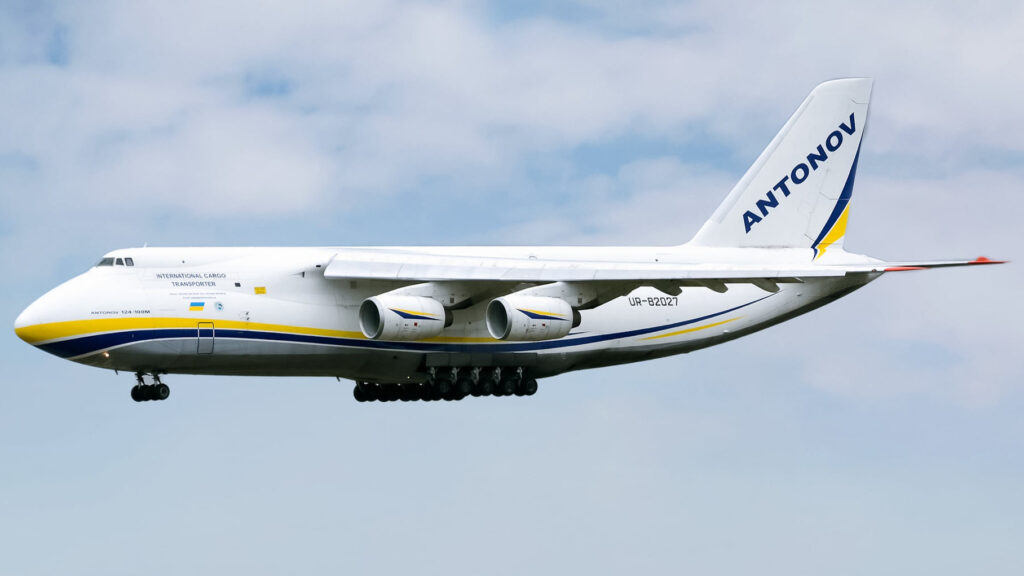 Антонов-компания | Кредиты Викикоммонсу
Антонов-компания | Кредиты ВикикоммонсуПерспективы будущего
Полеты на самых больших грузовых самолетах требуют специальной подготовки и адаптивности. Грузовые пилоты работают по другим правилам, чем пассажирские авиакомпании, часто летая ночью, через переменную погоду или в зоны бедствия.
С ростом спроса на грузоперевозки роль пилотов и экипажей расширяется, особенно для дальнемагистральных межконтинентальных операций.
Растут возможности не только для пилотов, но и для инженеров по логистике, наземного экипажа, авионики.
По мере того, как грузовая авиация модернизируется с помощью автоматизации и устойчивого топлива, следующее поколение авиационных специалистов будет продолжать поддерживать мировые торговые артерии.
Оставайтесь с нами. Следуйте за нами в социальных сетях для последних обновлений.
Присоединяйтесь к нам в Telegram Group для последних обновлений авиации. Следуйте за нами в Google News
Qatar Airways Cargo стала новым клиентом 777-200LRMF
Топ-10 крупнейших грузовых самолетов в мире, когда-либо построенных, впервые появился на Aviation A2Z.



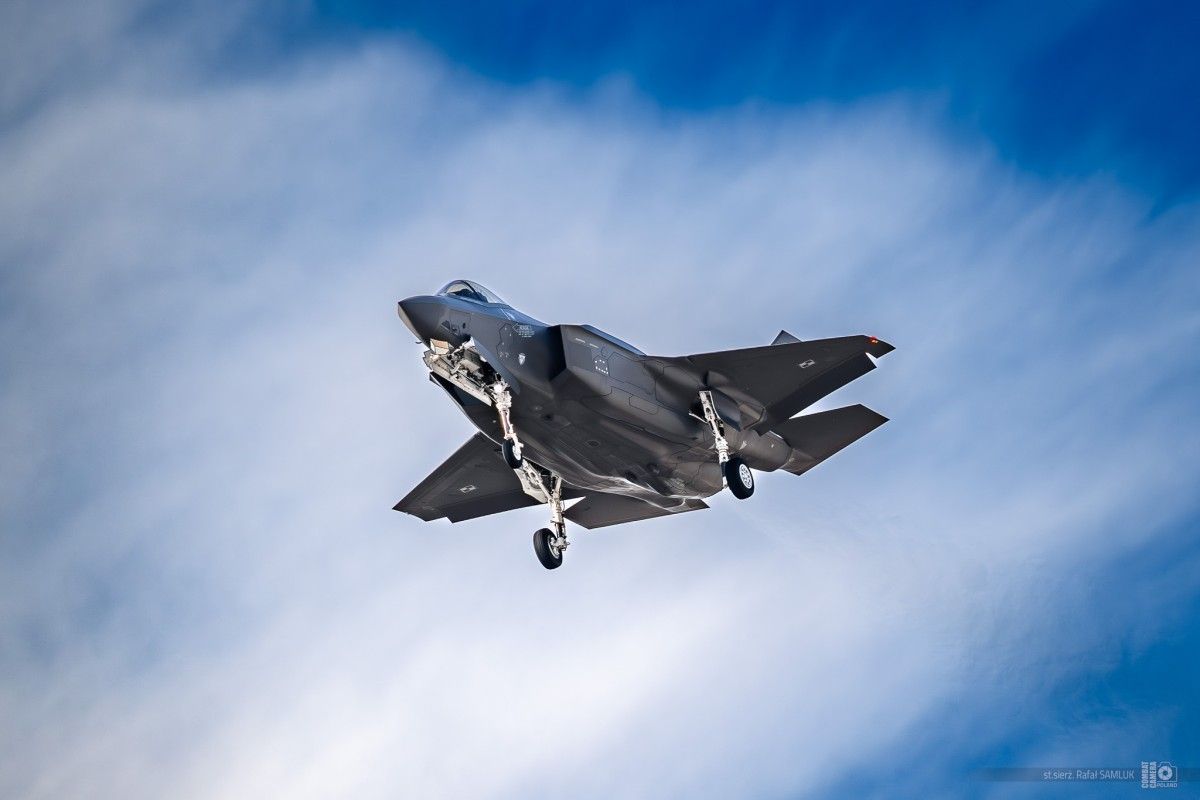
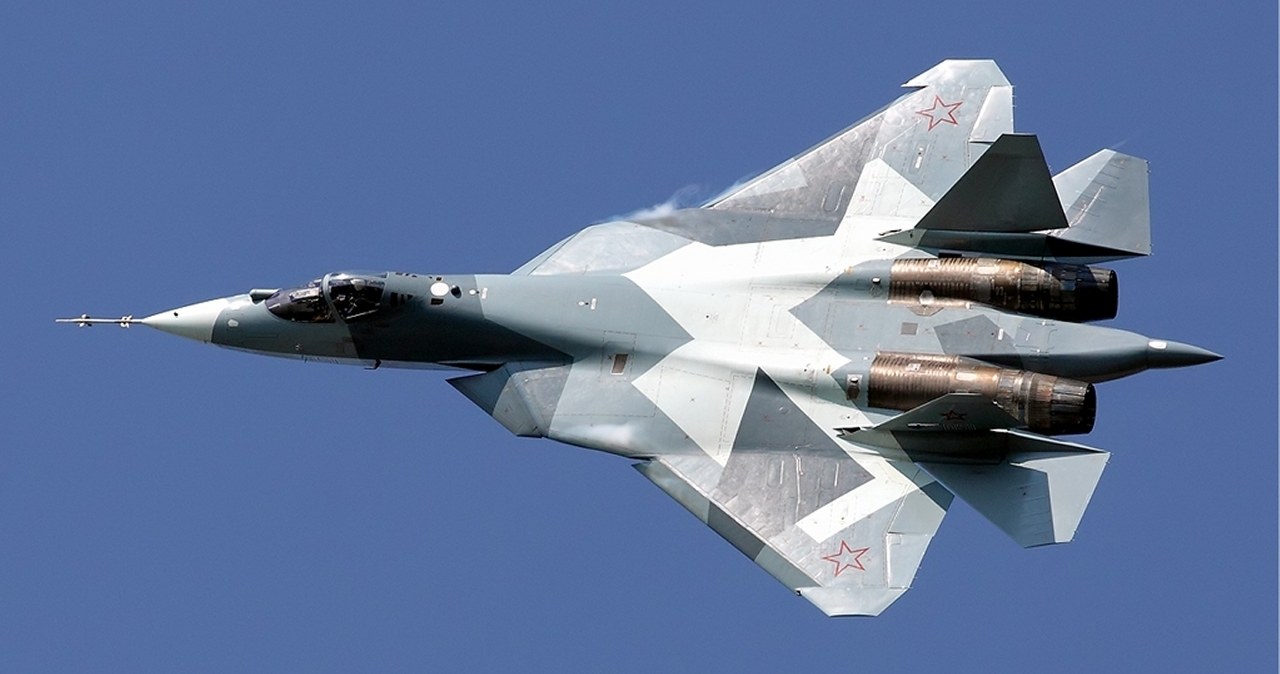
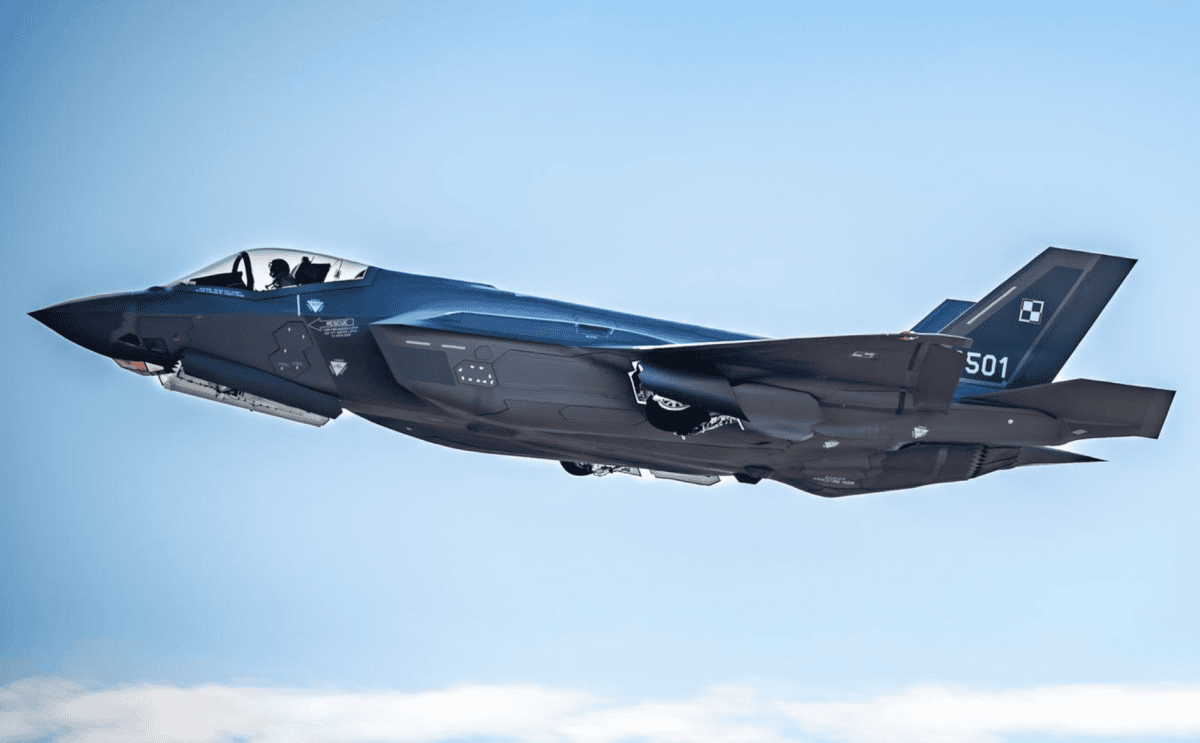
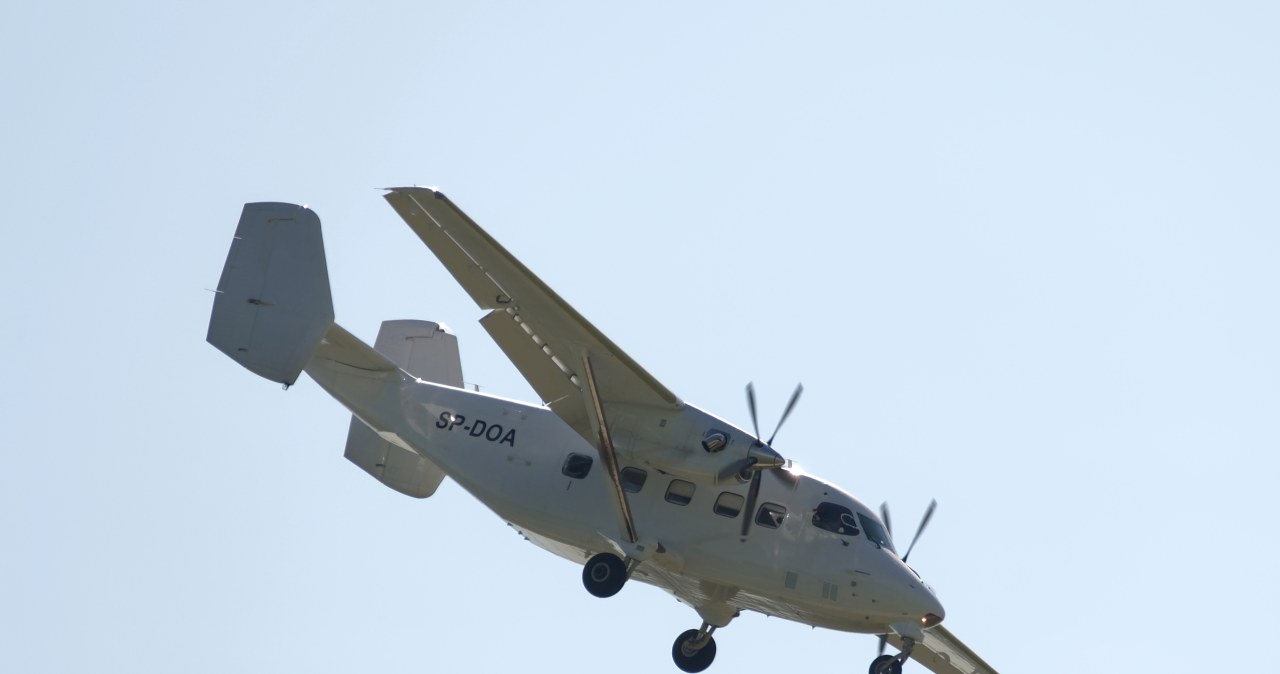

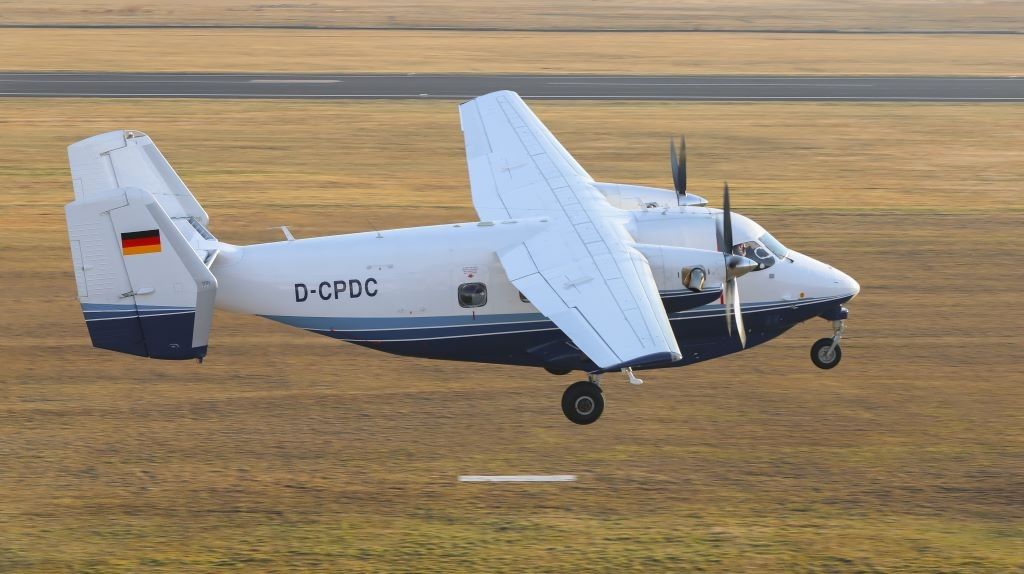
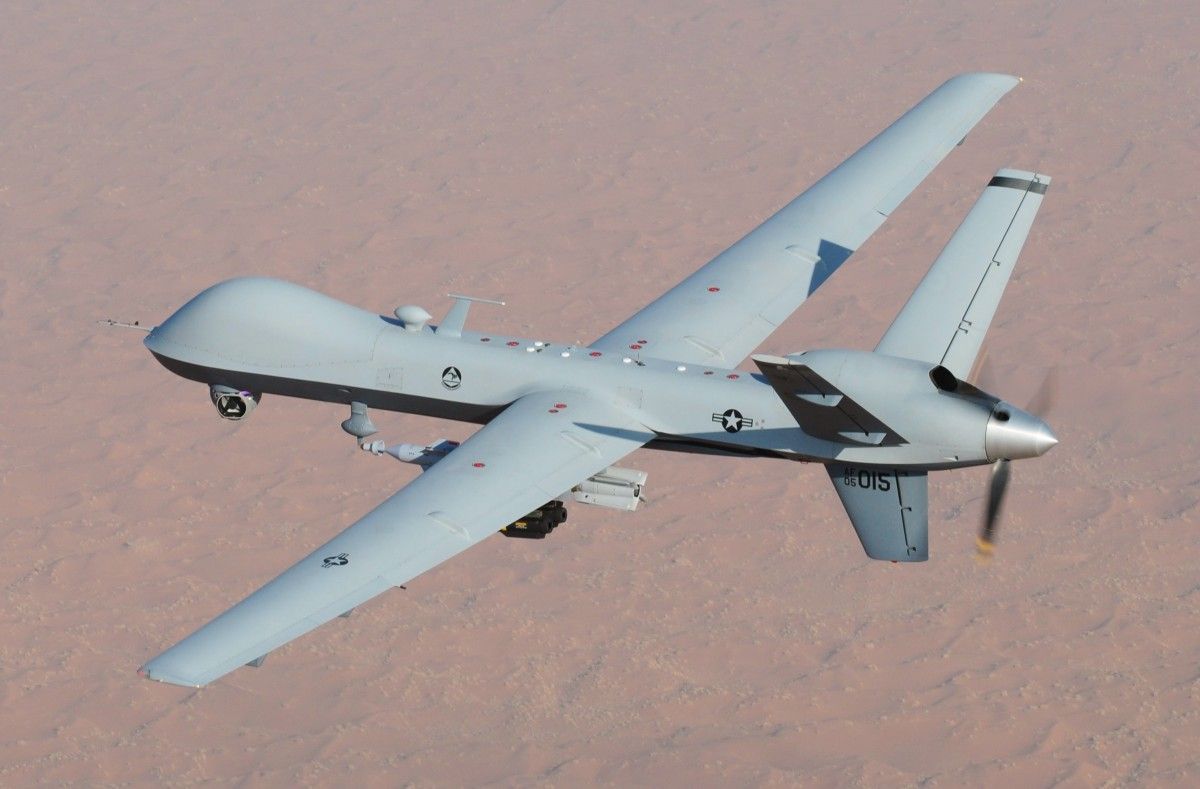


![Papież Leon XIV odwiedził Błękitny Meczet w Stambule [ZDJĘCIA]](https://cdn.wiadomosci.onet.pl/1/94sk9lBaHR0cHM6Ly9vY2RuLmV1L3B1bHNjbXMvTURBXy8zOGE2ZDA1YzcxMjAyN2EyZjE2Y2VmZWYzNGEzNmRiMC5qcGeSlQMAzNDNB9DNBGWTBc0JYM0GQN4AAqEwB6ExBA)

